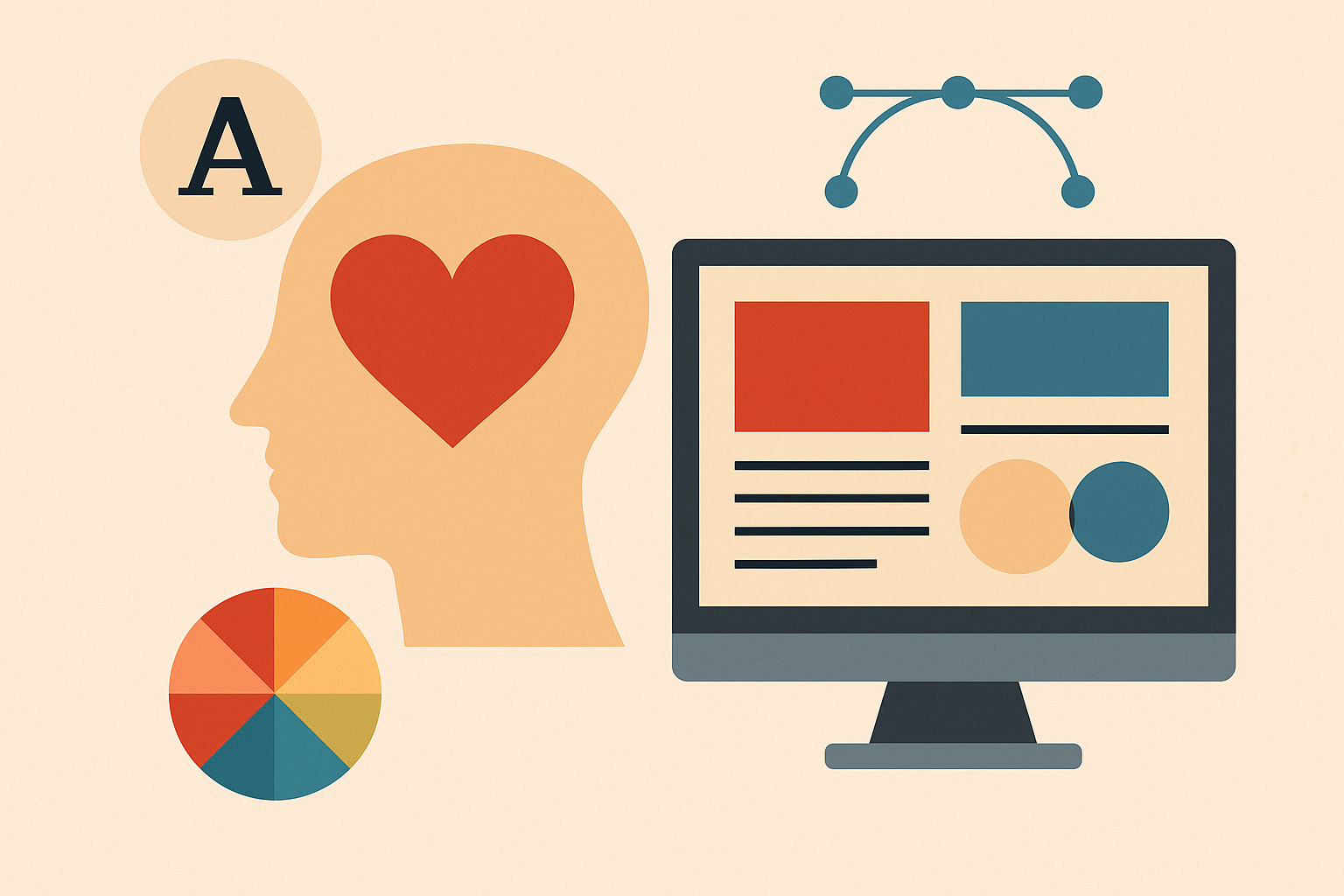Design isn’t just what it looks like—it’s how it feels. That’s the first lesson I took away from Full Sail University’s Aesthetics and Theory of Communications course, and it’s one that transformed how I approach creative media on The SM Dial. This course peeled back the surface of media design and revealed how fonts, colors, motion, and emotional theory are the silent narrators behind every powerful message.
For The SM Dial creators, this course becomes a blueprint. Fonts aren’t just fonts—they’re feelings. Colors aren’t just colors—they’re communication. And design isn’t about decoration—it’s about intention. If we want to elevate our voices and build lasting impact, we must understand how emotion, identity, and story converge in every frame we post or stream.


In week one, we explored the role of fonts—yes, fonts—as emotional triggers. Fonts that whisper joy, scream fear, or signal trust. By downloading and playing with font families across three moods—cheerful, serious, and eerie—I learned how typography could direct not just attention but interpretation. It reminded me that everything on screen says something—even the silence between the lines.
Week two took the emotional design conversation deeper. We studied Don Norman’s three levels of emotional design—visceral, behavioral, and reflective—and applied them to real-world ads. I saw how a good design taps instinct, solves needs, and reinforces identity. It’s why some ads fade and others stick with you for years. This is gold for The SM Dial, where we’ll teach creators how to design not just for clicks but for connection.
Week three was all about color theory, which I now see as emotional architecture. We dissected movie posters and learned how color palettes shape audience expectations. Warm vs. cool tones, complementary or triadic schemes—all these choices are subconscious signals. We even created mood boards and imagined movie posters for our own life stories, forcing us to become both designer and subject. It wasn’t about perfection—it was about clarity of emotion.
In week four, everything came together. We analyzed real ads like the Denver Ad Club’s “You Cannot Hide” and broke down how colors, layout, and message worked together to leave a lasting impression. What I walked away with wasn’t just knowledge—it was vision. I realized that as content creators, we’re not just designing visuals—we’re designing experiences, values, and identity.

Leave a Reply